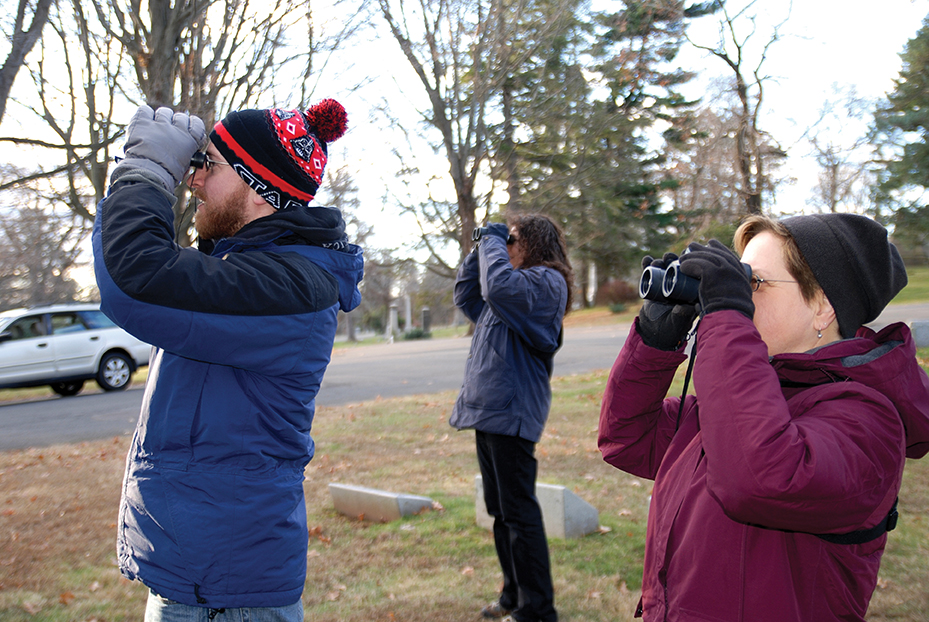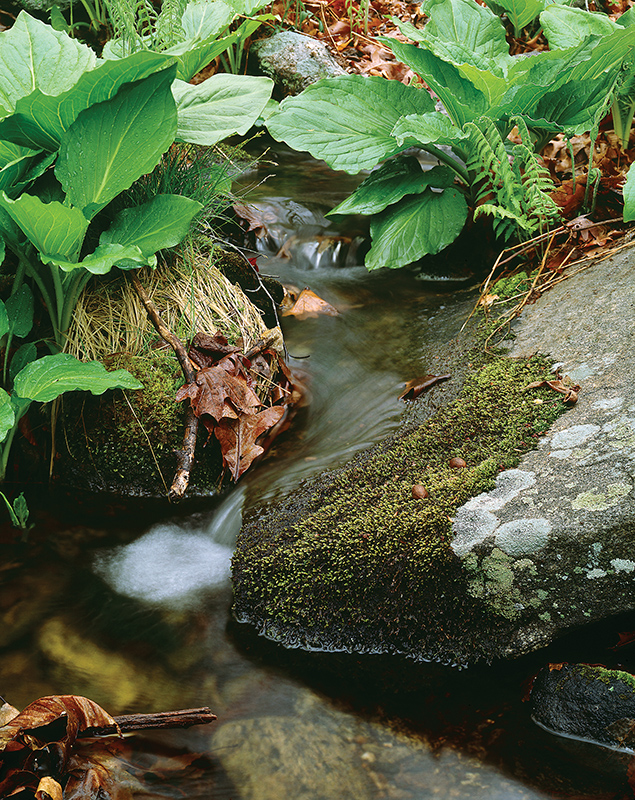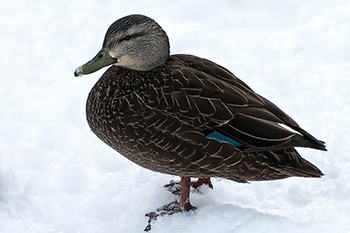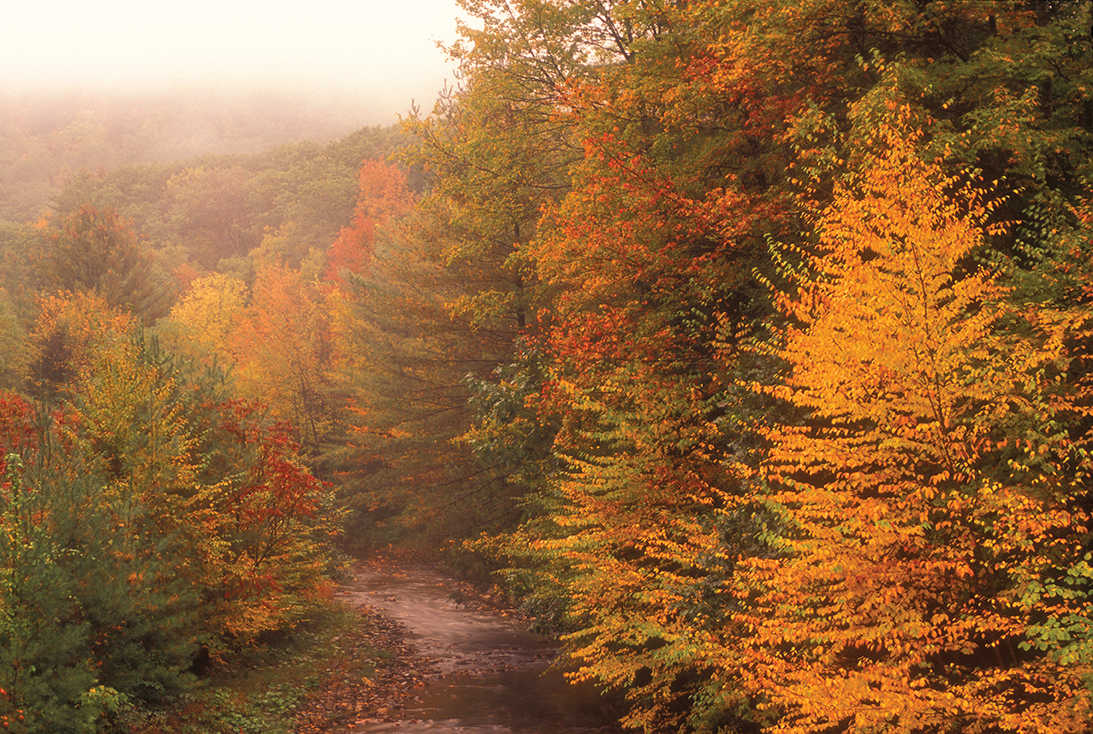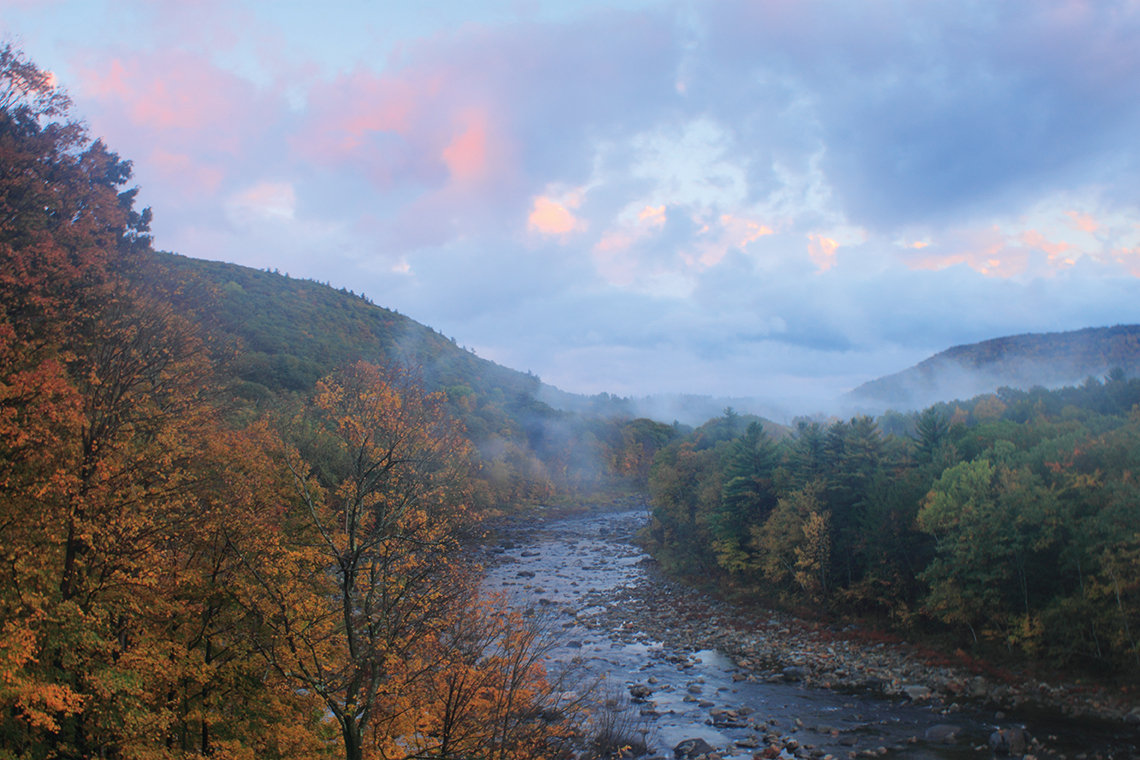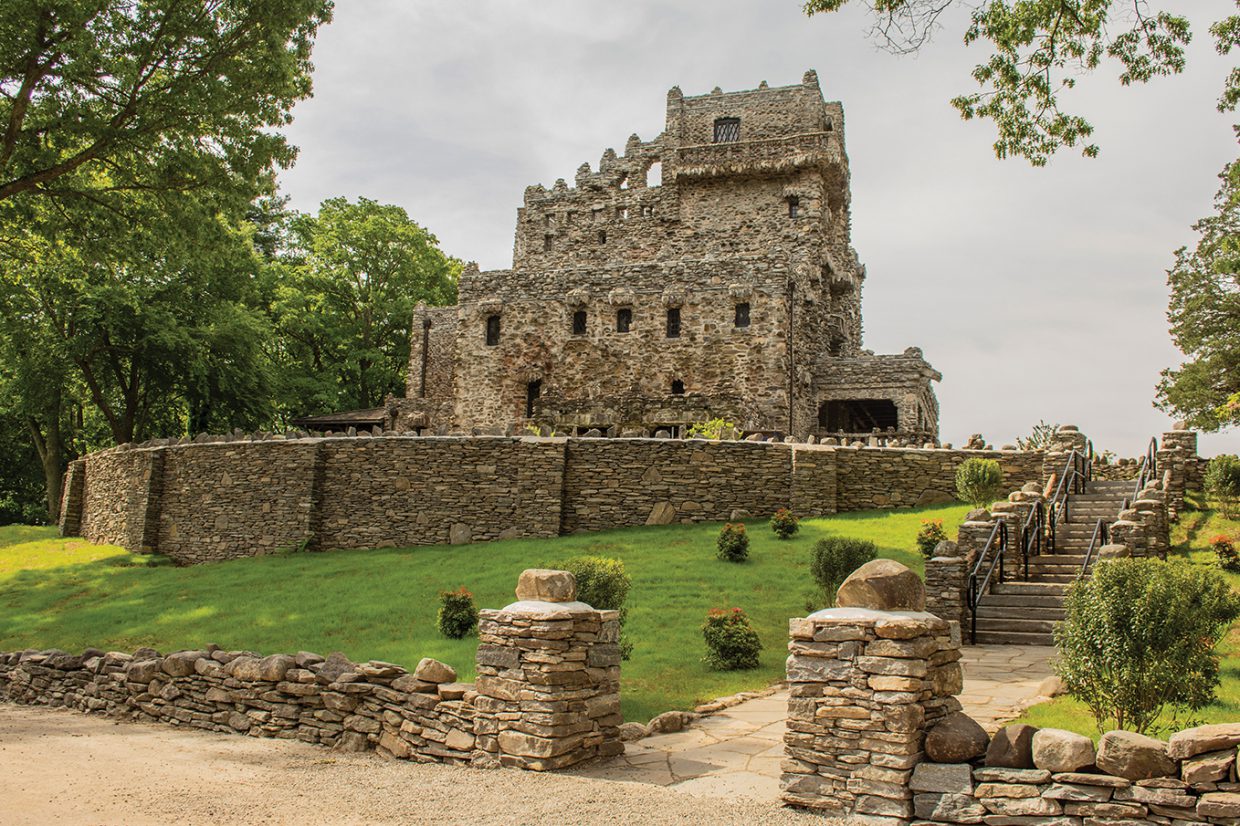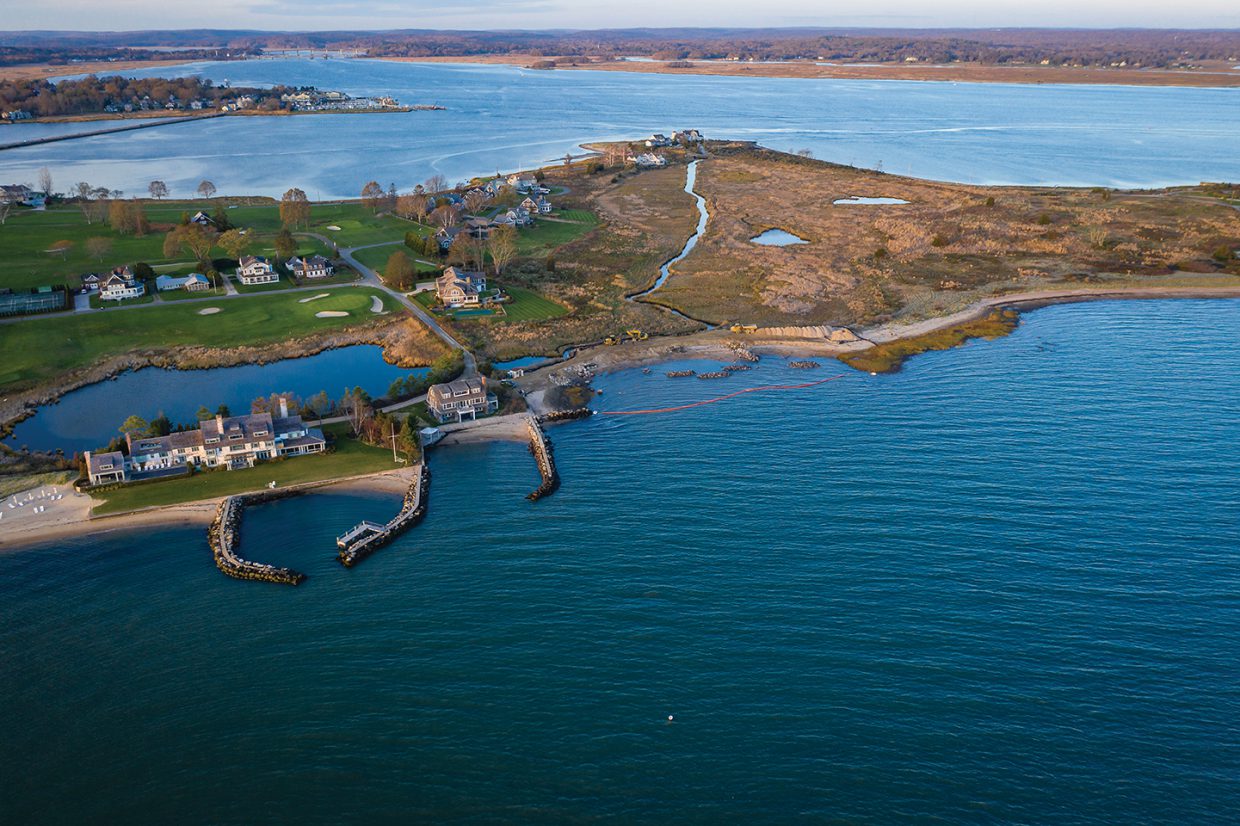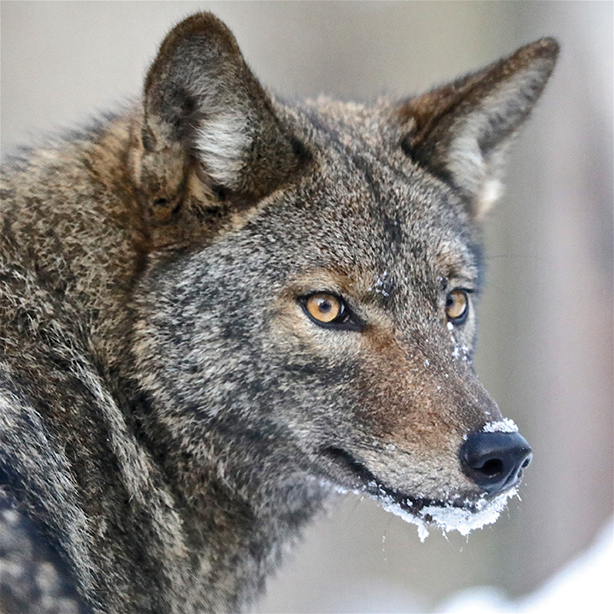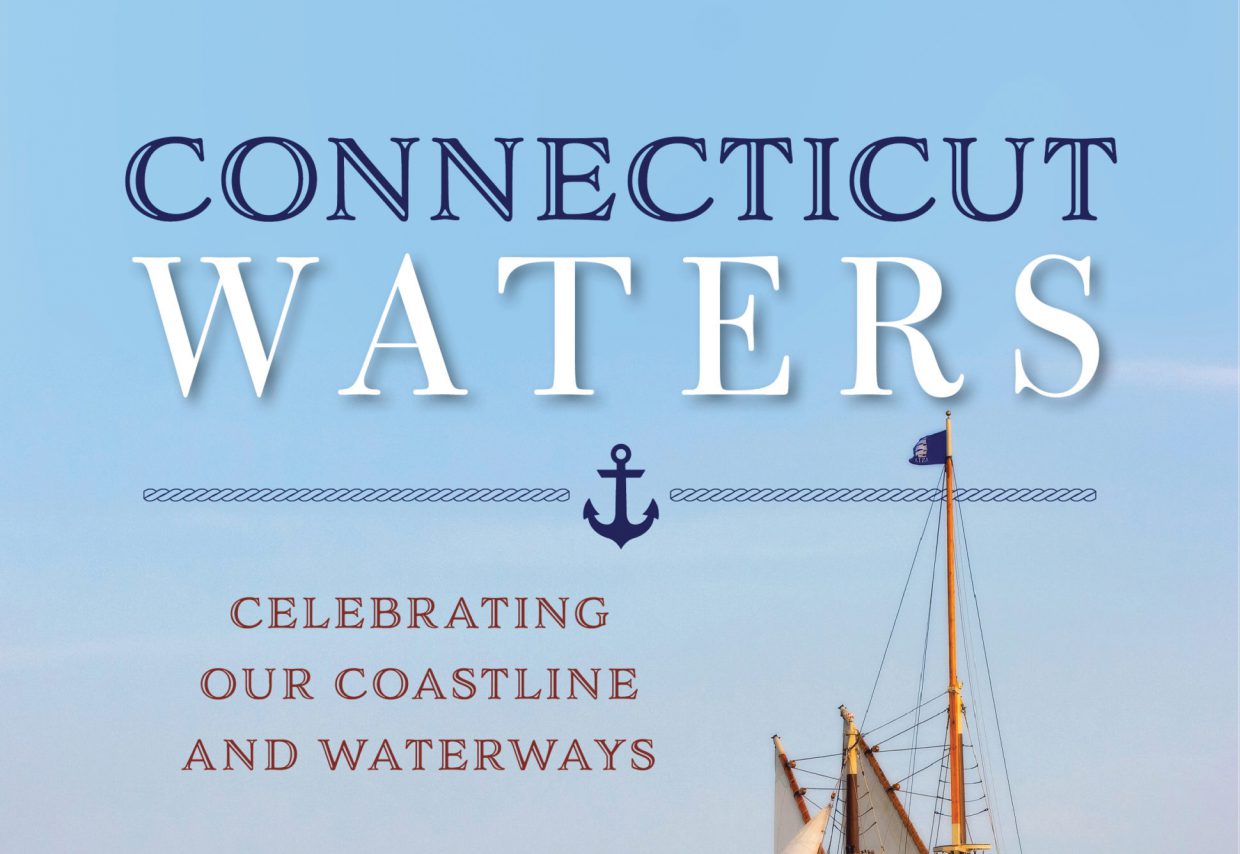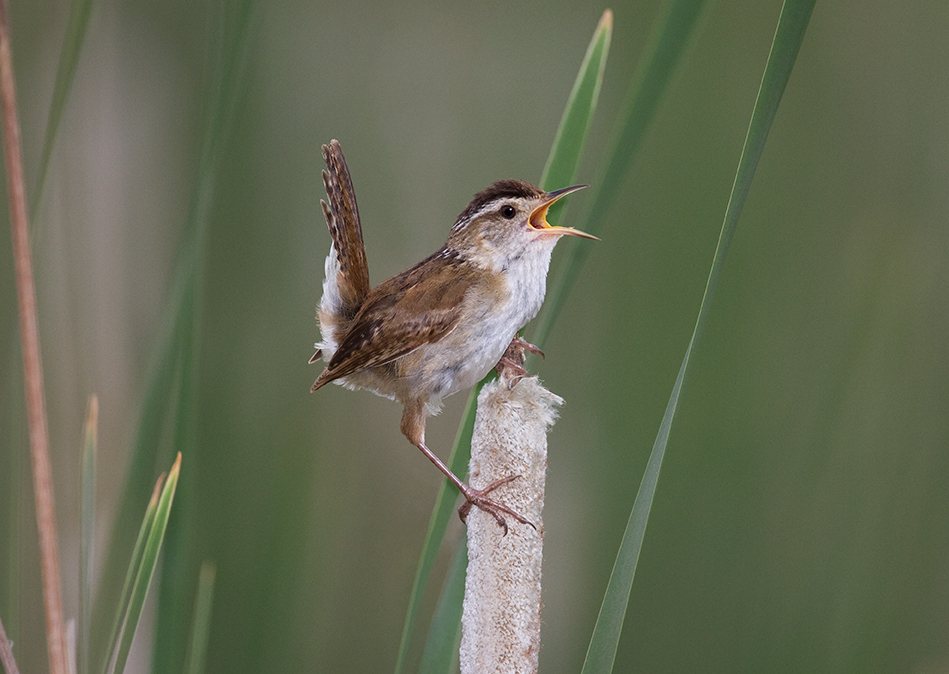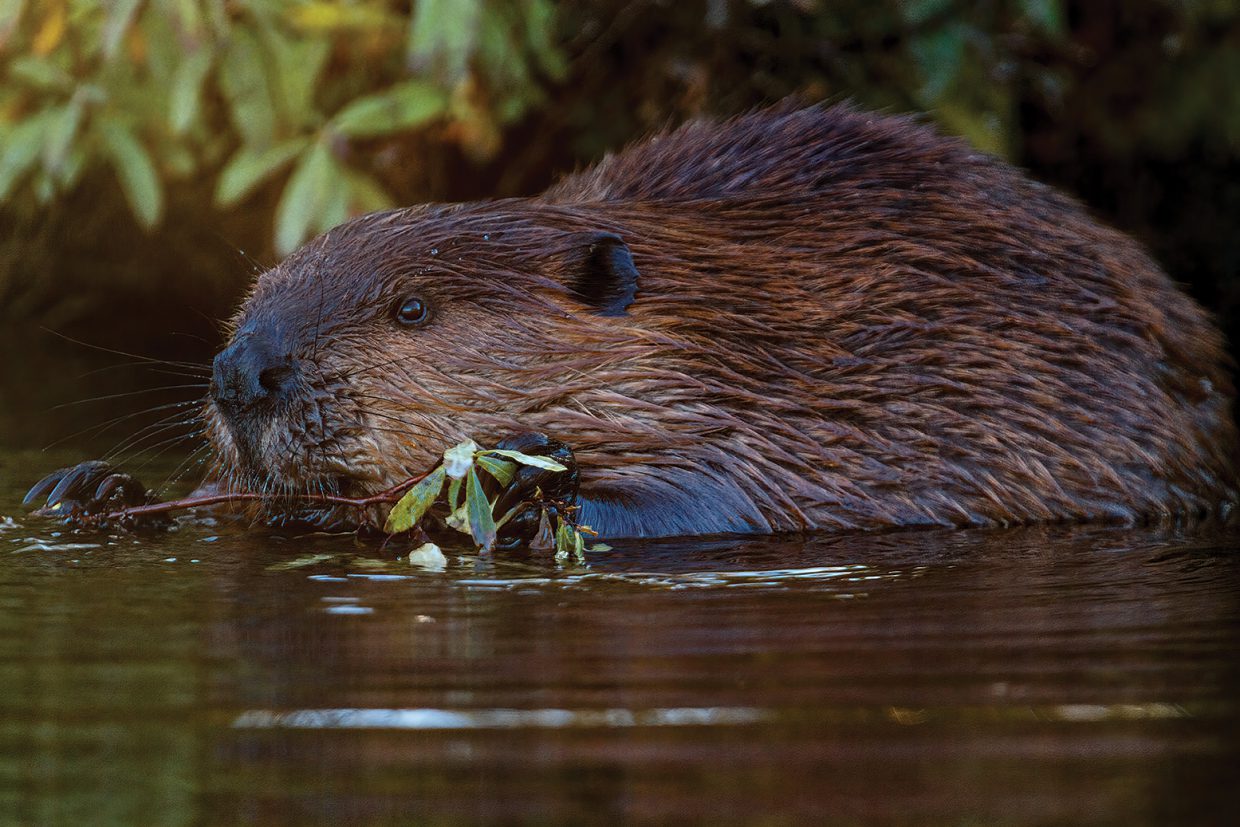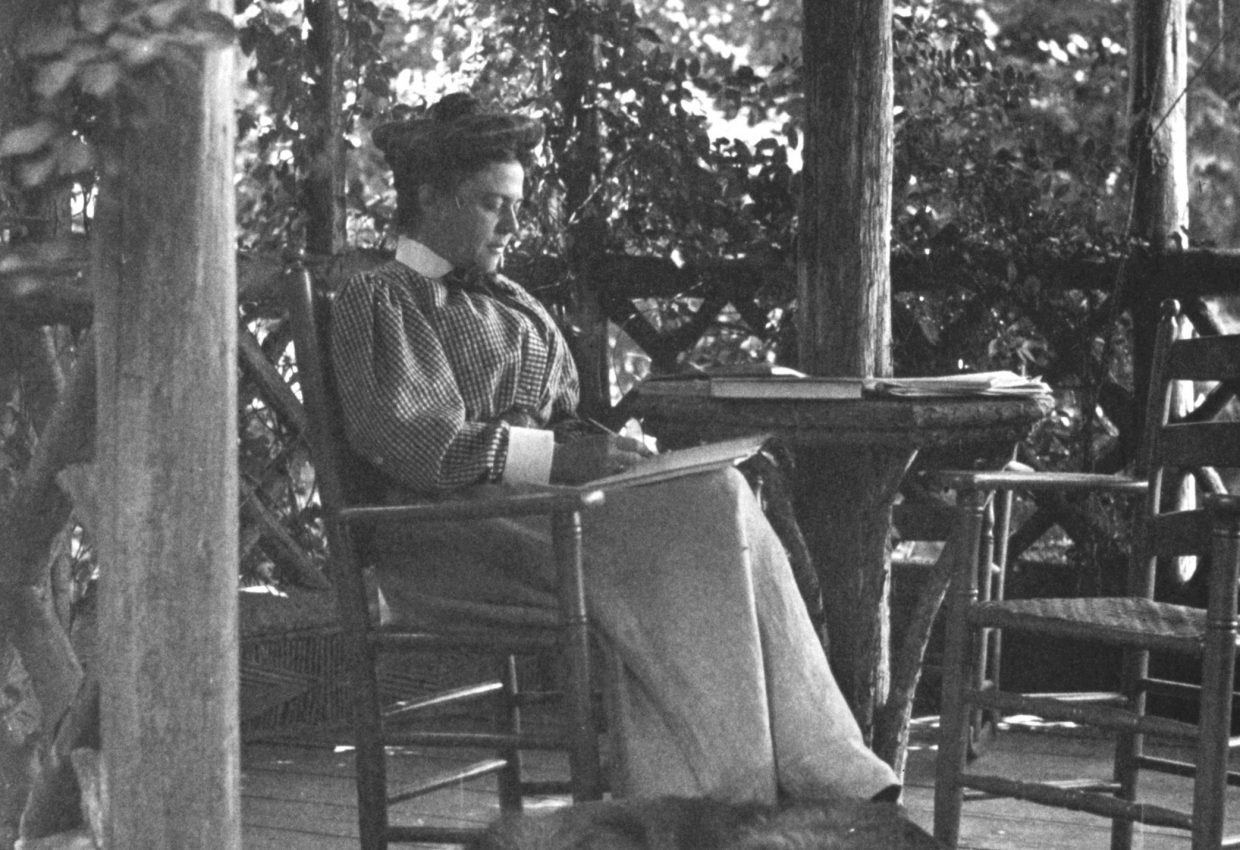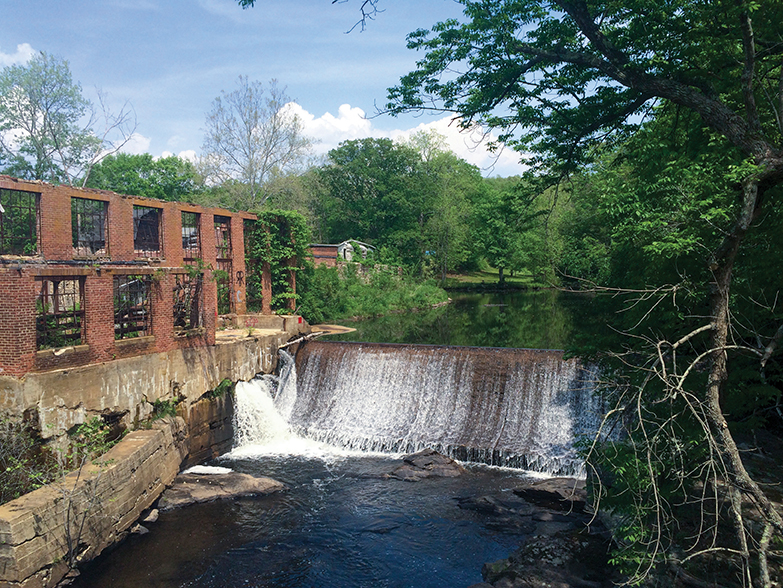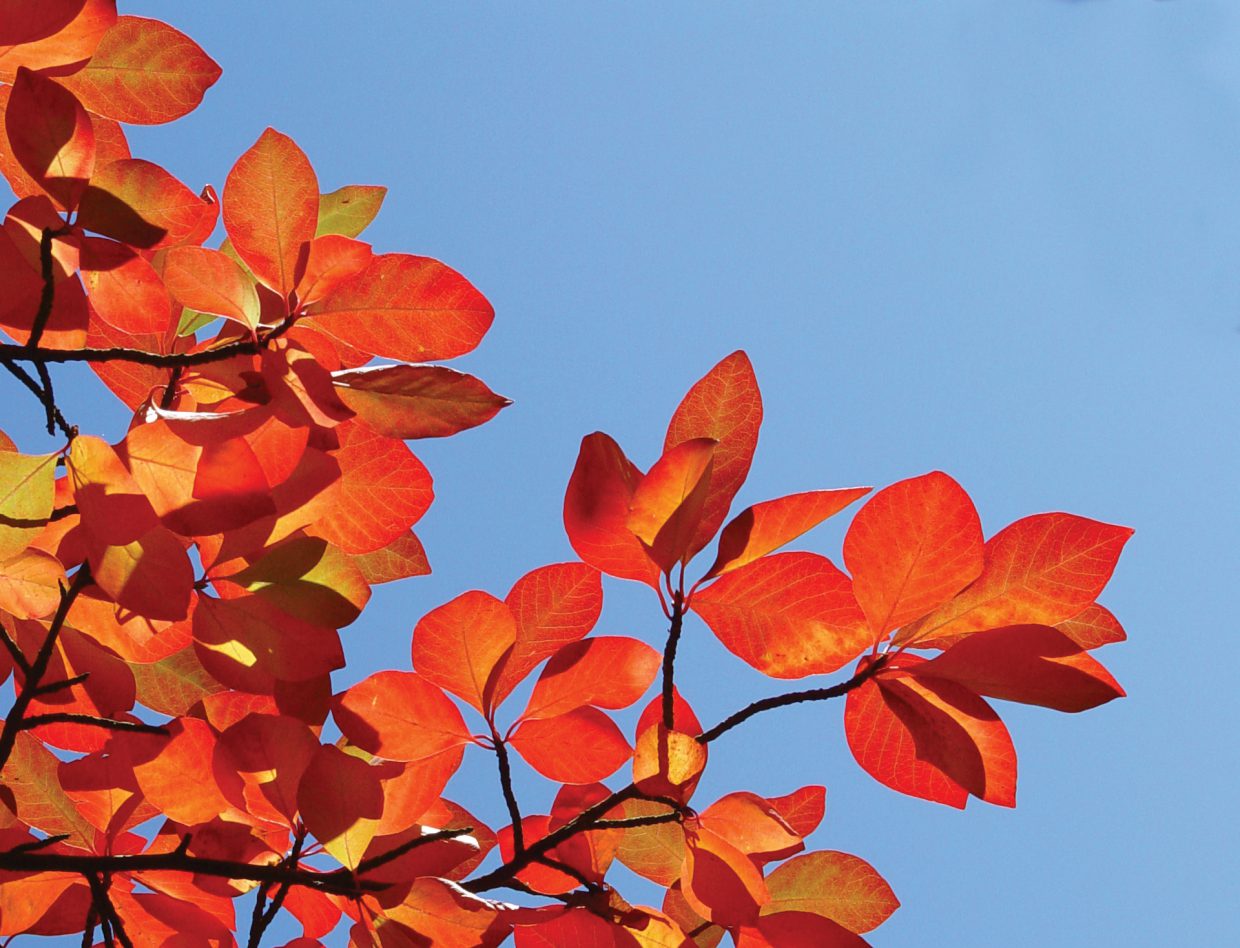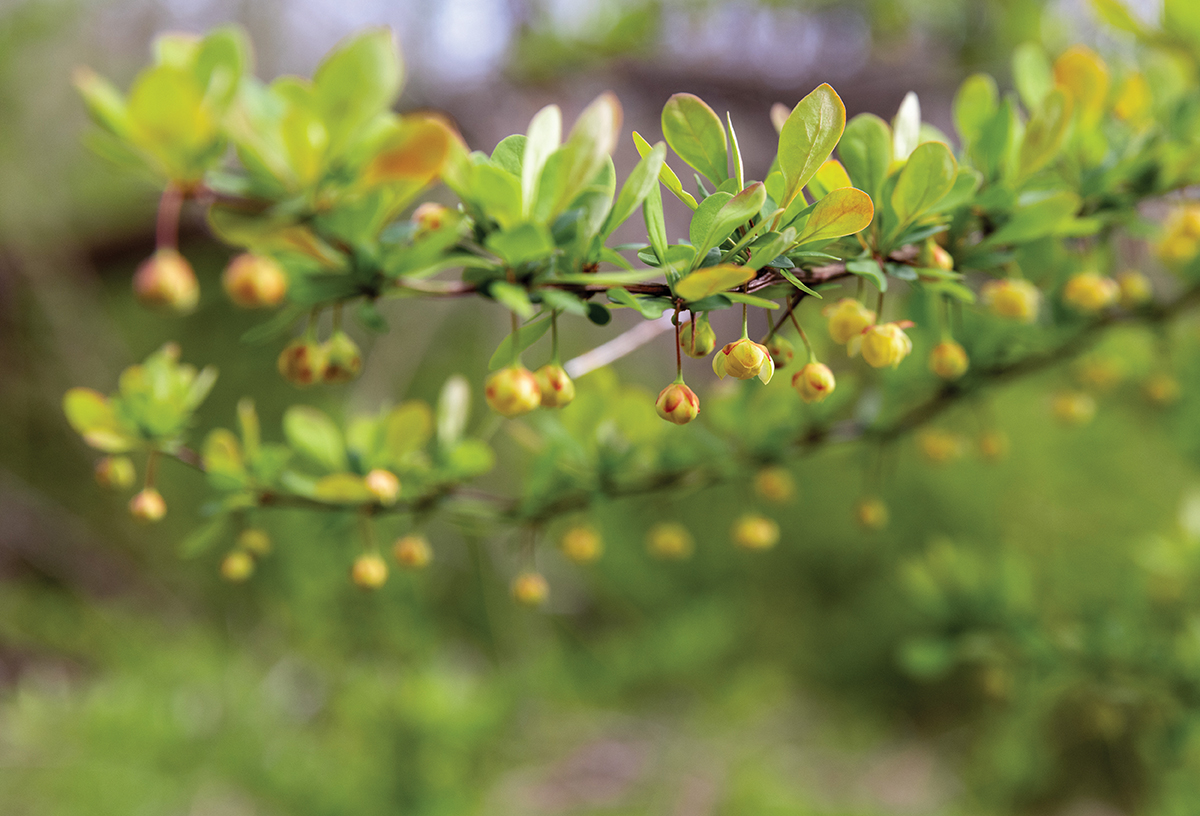The Hartford portion of the Audubon Christmas bird count is unlike any other in the Connecticut River Watershed.
Invasive Plants – Oriental Bittersweet
By now, knowledge that invasive plants are bad news is pretty widespread. Numerous articles and agencies cite “billions of dollars” in damages annually to agriculture and fisheries; they are the “leading cause” of population decline and extinction in animals.
One Photograph – Woods, Brooks & Early Spring
But from the first few dreamy days of April on well into May, where better to discover springtime than in one’s own patch of cozy, quaint New England woods?
Searching for Sol LeWitt
The author walks in front of a Sol LeWitte wall drawing #1105 “Colored bands of arcs from four corners.” Below: Barolo’s Chapel in La Morra, Italy (exterior and interior). Image Credit: Jack KeaneBy Eric D. Lehman Many years ago, after attending a play at the Goodspeed Opera House, my wife, Amy, and I walked into Chester’s River Tavern. We were …
From the Publisher- Black Duck
I’ll not dwell on the wonderful testimonials to the first issue…only to say they were as intimidating as they were gratifying as we realized how this second issue, with its theme of recreation, would be measured against the first. Once again, we count on our readers to tell us how we did, and always, how we can do better. We also look forward to submissions of articles and photos through our website at estuarymagazine.com.
Autumn
Fall is for walking, and among the many attractions in the lower Connecticut River Valley are the numerous and varied trails in the 1,000-acre Preserve, which one
can enter from the north via Ingham Hill Road in Essex, where there is public parking.
Deerfield River
With a largely undeveloped watershed stretching from the Green Mountains of Vermont to the Berkshire Hills and Pioneer Valley in western Massachusetts, the Deerfield River is one of New England’s most picturesque and historically significant waterways.
A Man’s Home is His Castle
From the deck of the Aunt Polly, William Gillette watched the passing green hills of the lower Connecticut River. It was 1913, he was sixty years old, and he had been thinking about retirement.
The Battle for Fenwick’s Shoreline
Surrounded by water on three sides -most dramatically by the Connecticut River to the north and east and by Long Island Sound to the south—the Borough of Fenwick is on the front lines of climate change.
Why Do People “Love or Hate” Eastern Coyotes?
Meet the bobcat, an elusive, captivating animal that is prevalent in the Connecticut River Valley, yet one that many of us—myself included—have rarely seen in the wild.
Tales of a Connecticut River Ferryman’s Son
I put my hand out in front of me like I’m offering to shake and say: “How do you do, sir. I’m called JJ, just like my father, and his father, and his father before him. We’re all ferrymen here in Old Saybrook, and we’re all called JJ.”
Connecticut Waters
To those fond of the aqueous parts of the Constitution State, Connecticut Waters is a deep treat for the eyes and mind.
What’s For Dinner?
Plump and ripe with sweetness, the apples and gourds are ready to tease the palate with new flavors and aromas—a genuine departure from summer fare.
The Marsh Wren
How to photograph this flirt-tailed gremlin of the reeds?
The Beaver
It’s hard to believe that a furry rodent could drive exploration of an entire continent, but that is the case with the beaver.
Mabel Osgood Wright
Three miles from the Connecticut River, we stood in a circle under a tree in the garden of Emily Dickinson’s home, reading poems, passing a book around, no more than two or three feet from each other. The 1813 Amherst home built for her grandparents stood proudly in the sunshine, and the voices of another tour group filtered out.
Dam Removals
It seemed like just another spring day when we stopped at the Salmon River, a tidewater tributary of the Connecticut River that splits the towns of Haddam and East Haddam, Connecticut.
My Forest Romance With Nyssa
Nyssa was a Greek nymph, and sylvatica means “of the forest.” So I will use feminine pronouns in this arboreal essay.
Japanese Barberry
By now, knowledge that invasive plants are bad news is pretty widespread. Numerous articles and agencies cite “billions of dollars” in damages annually to agriculture and fisheries; they are the “leading cause” of population decline and extinction in animals.
From our Readers
I read Judy Preston’s article with growing alarm, as I have gardens full of yellow iris.

